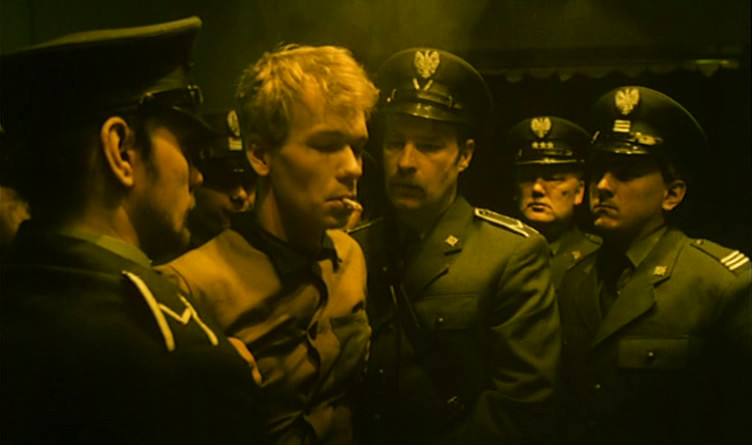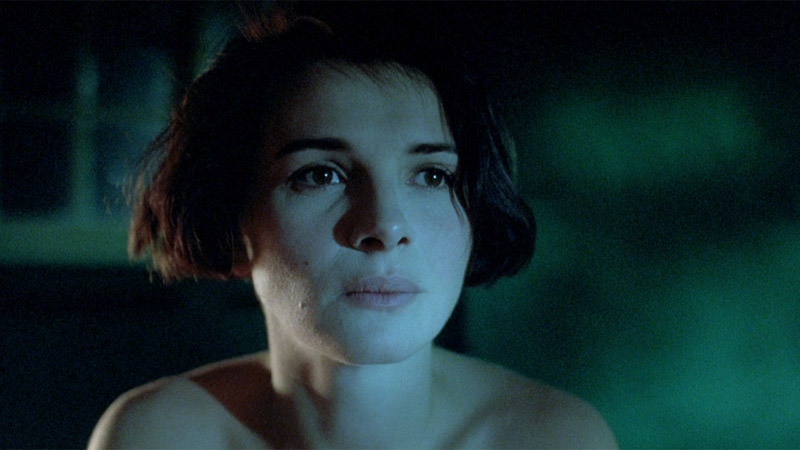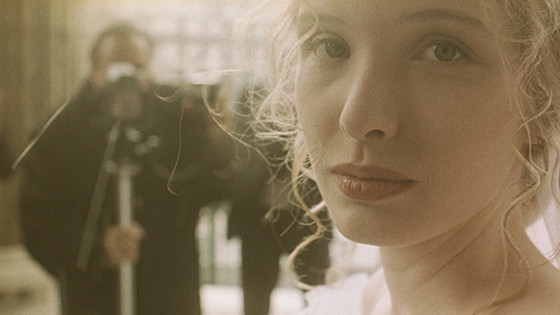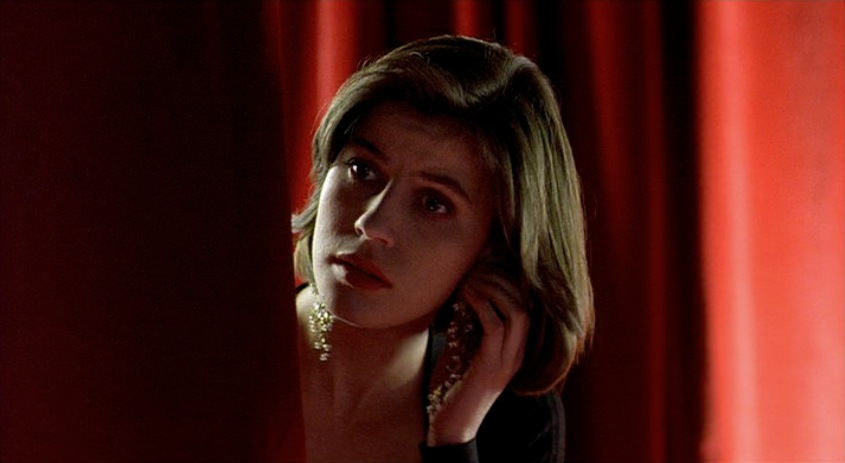6. A Short Film About Killing (1988)
A Short Film About Killing is another highly political film that is scathingly critical of capital punishment and the state judicial system of Poland, and inherently most modern countries in the world at the time, that examines the juxtaposition between the individuals actions and the state court systems.
The film follows Jacek Lazar (Miroslaw Baka) as he drifts about one day through Warsaw, intercut with scenes of taxi driver Waldemar Rekowski (Jan Tesarz) who is portrayed in an unflattering light as he is crude to women and arrogant to customers.
Eventually, in what is represented as a rather spontaneous act, Jacek kills Waldemar while riding in the back of his cab in what is an intentionally long and drawn out scene that ends with Jacek smashing a rock over Waldemar’s head several yards away from the taxi.
A Short Film About Killing then switches focus to the trial of Jacek and his deliberations with first time lawyer Piotr Balicki (Krzysztof Golibski) who is actively against the death penalty although Jacek is convicted and sentenced to death due to overwhelming evidence against him.
This representation of blind correctness and brutality by the judicial system is exactly whats under scrutiny throughout the film as the harsh inhumanity of the actions of both the individual and the government are deliberated. In the end Jacek is put to death and Piotr must continue on in his quest for justice through a system he doesn’t agree with.
7. The Double Life of Veronique (1991)
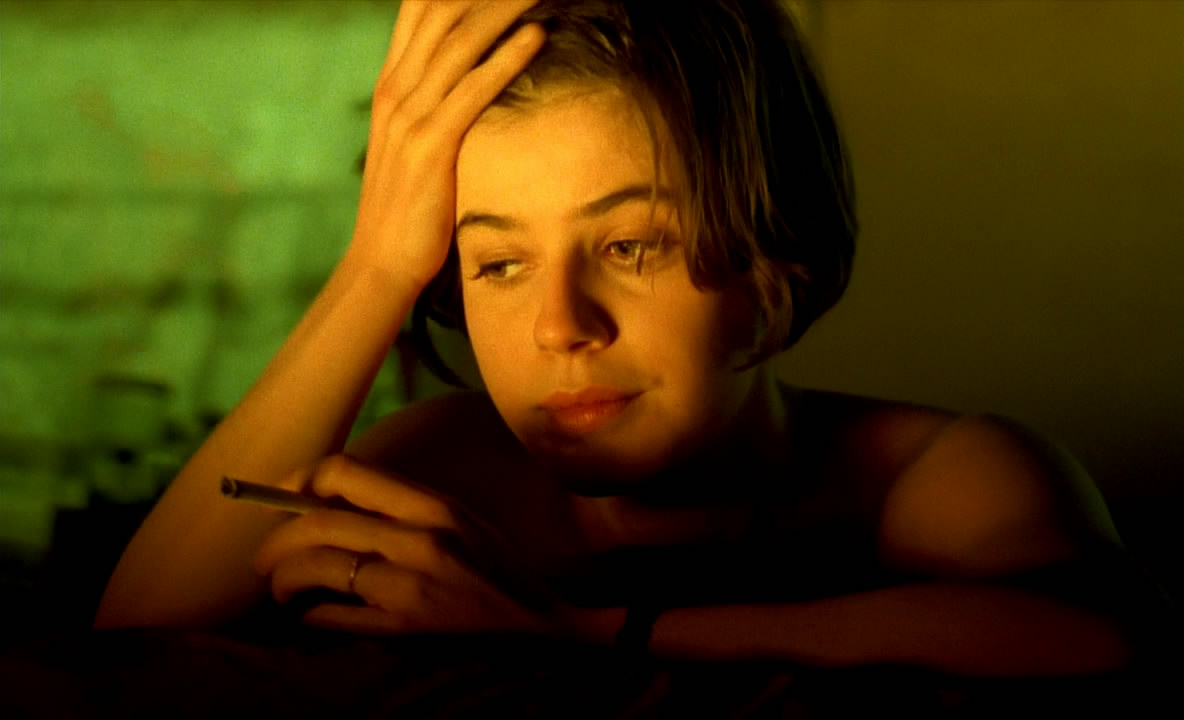
The Double Life of Veronique was Kieslowski’s first international coproduction, working in both Poland and France after the fall of Communism in his home nation.
The story follows Weronika, a Polish choir singer and Veronique, a French music teacher, both played by Irene Jacob in expertly subtle roles. The two women whose lives transcends geographical and political borders, upbringing, health, and state of mind do not know of each others existence but share an unexplained mutual bond that ties them together through events in each others lives.
As the film explores human intuition, the power of love, and what is means to be inherently be a human in the modern European world it is accentuated by a haunting score by long time collaborator Zbigniew Preisner and with cinematography by frequent collaborator Slawomir Idziak.
As the film initially follows the life of Weronica and her aspirations to become a notable soprano singer alongside her personal and family life, it isn’t until she suddenly drops dead in the middle of a performance that the film shifts focus to Veronique and her life as a teacher in France.
While jarringly different and strangely similar to Weronica’s life at the same time, Veronique shares many of the same curiosities within herself that Weronica had and their actions mirror that of someone trying to understand their love for others and who they are as themselves. The film openly examines a post Communist Poland and the possible relations and possibilities of a nation freed from the constrictive rule of the party.
8. Three Colors: Blue (1993)
The first film in the Three Colors Trilogy, Blue is the exploration of the ideal of liberty within the French nation and stars Juliette Binoche as a wife and mother who loses both her husband and daughter in a fatal car accident, which she was the sole survivor of.
As Julie’s life continues she must come to terms with her own grievances as well as the legacy of her husband, one of the premier composers of the modern world and who was working on a musical composition to signify the unification of all the EU nations to be played in synchronized time across the major plaza’s of the capital cities of all 12 nations.
Blue explores the creative process as well as the consequences of a new found freedom and life altogether after a tragic accident and the effects of this on Julie as she traverses her own sexuality along with the help of others and the city of Paris. The film establishes a recurring theme throughout the trilogy of the characters intrinsic link to their pasts and the formation of their futures.
As events change the trajectory of their life and their outlook on not only society but themselves they change as people and become someone they weren’t before that reflects upon the modern landscape of Europe and the world in general. Critical appraisal of Blue and its win of the top prize at Venice International Film Festival in 1993 ushered in the final phase of Kieslowski’s cinematic career: the Three Colors Trilogy.
9. Three Colors: White (1993)
White is the second film in the Three Colors Trilogy and explores the idea of equality and starts off in Paris but then moves to Poland as the main character Karol Karol (Zbigniew Zamachowski) returns to his home country after his wife Dominique (Julie Deply) divorces him and leaves him with nothing.
Karol is a hairdresser who traverses many various means of getting back home to live with his brother Jurek (Jerzy Stuhr) after he is left with nothing. In the delve into comedic territory, Kieslowski explores the possibilities of equality by revenge and the relation between France and Poland in the new and expanding EU of the early 90’s.
The films exploration of Karol’s life from being left with nothing to becoming a shady capitalist in means to exact revenge upon his wife by any means necessary serves as an allegorical context for Poland in its post-Communism attempts to become recognized as a modern capitalist nation.
With the films win of Silver Bear prize at the Berlin International Film Festival in 1993 it continued the universal critical acclaim of Kieslowski’s trilogy and served as his first and only foray into comedy that showed the diversity and long reaching appeal of his trilogy and its ultimate effect on cinema.
10. Three Colors: Red (1994)
Red is the final film in Kieslowski’s Three Colors Trilogy and the final film of his career before his untimely death following an open heart surgery two years later at the age of 54.
Red explores the idea of fraternity and follows model Valentine Dussaut (Irene Jacob) and a cast of other characters as their seemingly separate lives become increasingly intertwined and help to define each others pasts and changing selves. Valentine meets a senile old judge Joseph Kern (Jean-Louis Trintignant) after accidentally hitting his dog with her car.
As their friendship blossoms both characters begin to learn new things about themselves that otherwise would of gone unnoticed in their daily lives. At the same time there is a parallel story of a young man working towards becoming a judge and his story directly corresponds to Kern’s past and could be seen as a representation of his own story that formed his behavior up until he met Valentine.
Red’s examination of fraternity and the relationships between unlikely friends in Geneva lead it to be the most popular and critically acclaimed of all three films in the Three Colors Trilogy.
Author Bio: Ian Cahoon is a Film Studies student at Towson University who is actively involved in the Baltimore film community. He sometimes updates his blog http://ianlcahoon.wordpress.com but wishes to start updating it more.
